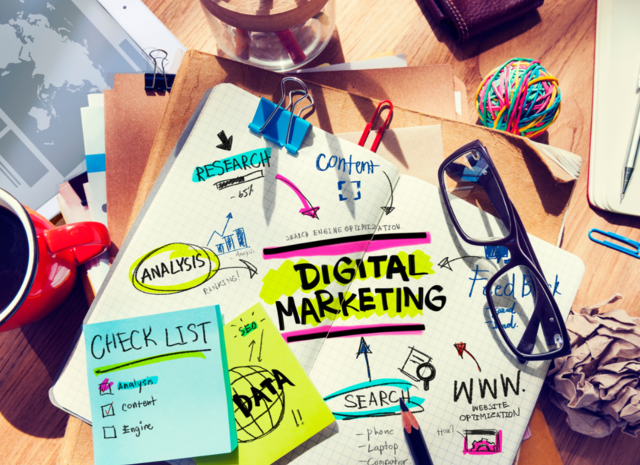Digital marketing has evolved dramatically over the past few years, and as we approach 2025, it’s clear that the landscape is poised for further transformation. New technologies, shifting consumer behaviors, and emerging platforms are reshaping how brands interact with their audience. As businesses continue to seek innovative ways to stay competitive, understanding these changes and adapting to them is critical for success. In this blog post, we’ll explore the top trends in digital marketing to watch in 2025 and what they mean for the future of the industry.
1. The Rise of Artificial Intelligence (AI) in Marketing
Artificial intelligence has already made significant strides in marketing, but by 2025, we can expect its role to expand even further. AI-powered tools are already enhancing customer segmentation, personalization, and predictive analytics, and in the coming years, their capabilities will become even more sophisticated. From chatbots that provide instant customer support to machine learning algorithms that optimize ad targeting in real-time, AI will be at the heart of many digital marketing strategies.
One key area where AI is likely to see tremendous growth is in content creation. AI tools are already capable of generating copy, video scripts, and even social media posts. As these tools improve, marketers will rely on them to create more engaging and relevant content, saving time while increasing efficiency.
For businesses looking to expand their social media presence without breaking the bank, utilizing services such as the cheapest smm panel india can be a great option. These services offer affordable solutions for enhancing engagement and reach, while AI-powered marketing tools will make it easier to tailor content to specific target audiences. AI will also help brands understand consumer behavior more accurately, enabling them to deliver hyper-targeted, personalized experiences that drive higher engagement and conversion rates.
2. The Dominance of Voice Search
Voice search is expected to become a major player in the world of digital marketing by 2025. With the widespread adoption of voice assistants like Amazon’s Alexa, Google Assistant, and Apple’s Siri, more consumers are turning to voice search to find products, services, and information. This shift in search behavior means that businesses will need to rethink their SEO strategies to account for voice queries, which tend to be more conversational and longer than traditional text-based searches.
To optimize for voice search, marketers will need to focus on natural language processing (NLP) and create content that answers questions directly and succinctly. Featured snippets, which already dominate the first page of search results, will become even more critical, as voice search devices often pull answers from these snippets when responding to user queries. Businesses that optimize for voice search will have a significant advantage in reaching consumers at the top of the sales funnel.

3. Personalization at Scale
Consumers are increasingly expecting personalized experiences from the brands they interact with. In 2025, we can expect personalization to become even more refined and widespread. Marketers will have access to more data than ever before, thanks to advancements in AI and analytics tools, allowing them to deliver hyper-personalized content and offers at scale.
From personalized product recommendations to tailored email campaigns and dynamic website content, the ability to speak directly to individual preferences will be crucial for marketers. Moreover, personalization will extend beyond just products and services – it will also include personalized messaging, timing, and delivery methods. Brands that successfully deliver these personalized experiences will build stronger relationships with their customers and enjoy higher conversion rates.
4. Interactive and Immersive Content
The demand for interactive and immersive content is growing, and by 2025, this trend will only intensify. Augmented reality (AR) and virtual reality (VR) are already making their way into the marketing world, offering consumers a more engaging and interactive way to experience products and services. In the future, we can expect AR and VR to be integrated into more digital marketing strategies, allowing consumers to virtually try on clothes, test products in 3D, or explore virtual showrooms before making a purchase.
Interactive content, such as quizzes, polls, and surveys, will also continue to gain traction. This type of content not only boosts engagement but also provides valuable insights into consumer preferences. Marketers will be able to use these insights to create more personalized experiences, driving both brand loyalty and customer satisfaction.

